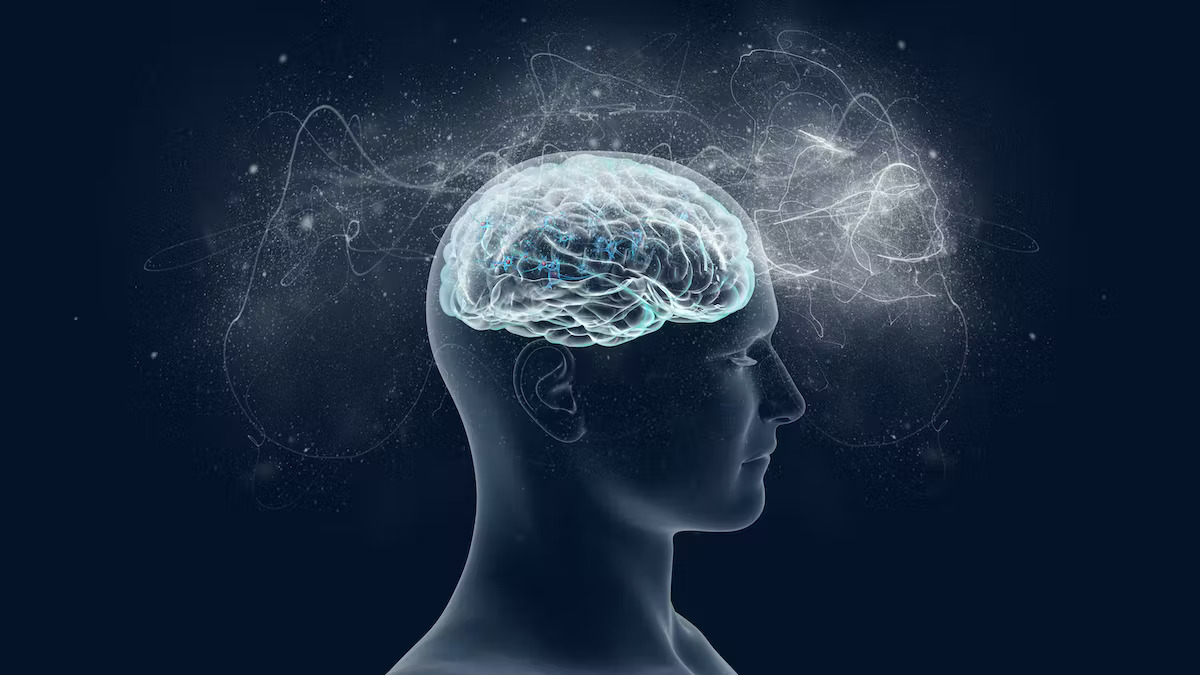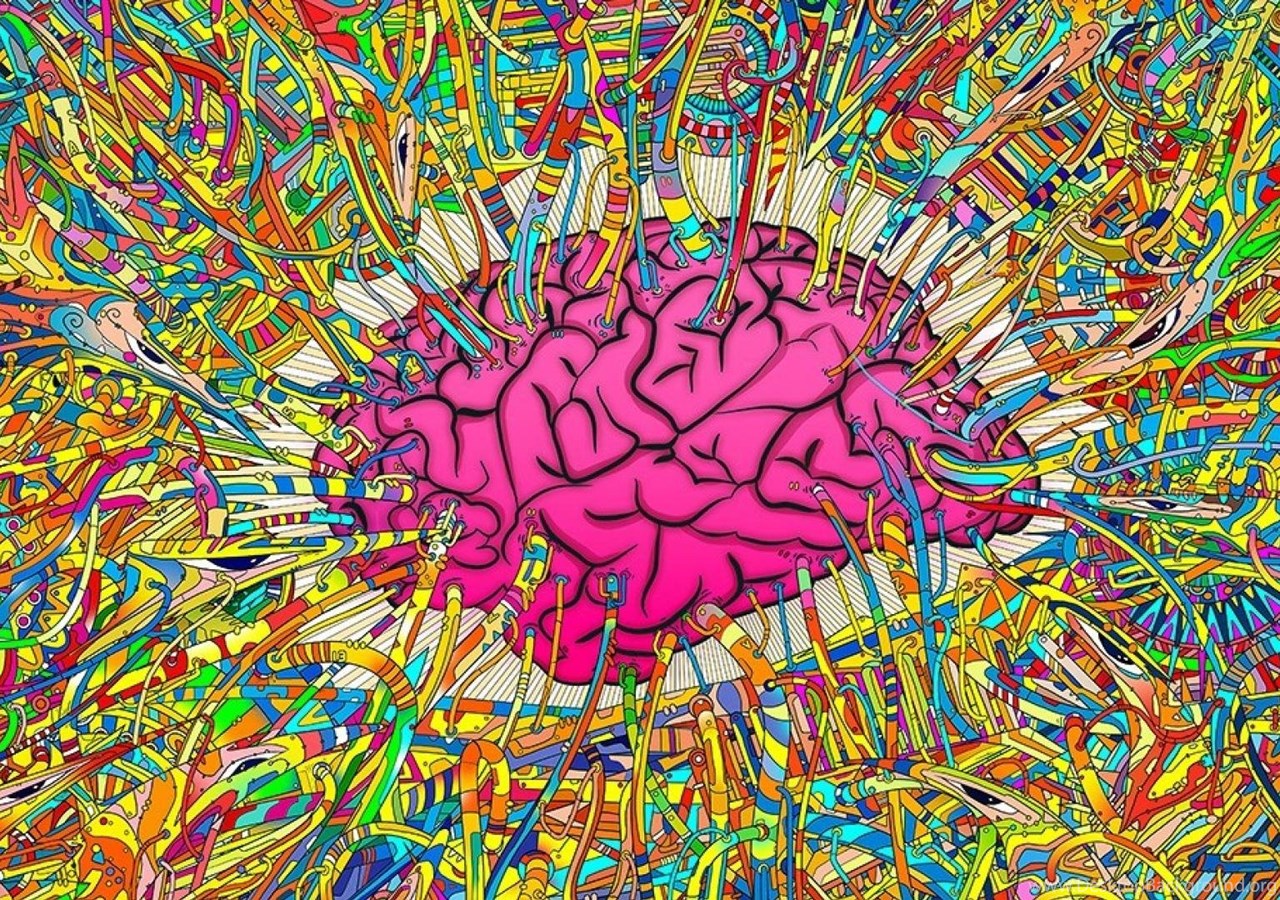News
The Science Behind the CBD High: How Cannabidiol Affects Your Brain
Deciphering the CBD High
Cannabidiol, or CBD, has gained significant attention for its potential health benefits. But what about its effects on the brain? In this deep dive, we’ll explore the intricate science behind the CBD high, how it influences the brain, and why CBD is celebrated for its unique properties.
The Endocannabinoid System: Your Brain’s Regulatory Network

The endocannabinoid system (ECS) is a captivating and intricate network that resides within our brains and extends throughout the entire body. It serves as a fundamental regulator of balance, often referred to as homeostasis, orchestrating a symphony of physiological processes. Comprising three main components—the endocannabinoids, receptors, and enzymes—the ECS plays a pivotal role in fine-tuning numerous bodily functions. Endocannabinoids, such as anandamide and 2-arachidonoylglycerol (2-AG), are molecules produced by the body that closely resemble compounds found in cannabis. These endocannabinoids bind to receptors known as CB1 and CB2, which are scattered throughout the nervous system, immune cells, and various organs. When these receptors are activated by endocannabinoids or external cannabinoids like THC and CBD, they initiate a cascade of signaling pathways that influence processes like pain perception, mood regulation, immune responses, and even appetite control. Enzymes like fatty acid amide hydrolase (FAAH) and monoacylglycerol lipase (MAGL) help regulate the levels of endocannabinoids, ensuring that they’re available when needed and swiftly broken down when their actions are complete. Understanding the ECS unveils the remarkable dance of molecules and receptors that occur within our bodies, highlighting the profound role it plays in maintaining our overall well-being, whether you’re aiming for a CBD high or seeking other therapeutic effects.
Unraveling the Differences
CBD (cannabidiol) and THC (tetrahydrocannabinol) are two of the most prominent cannabinoids found in the cannabis plant, each with distinct properties and effects on the human body. While they share a common origin, their interactions with the brain’s receptors differ significantly. CBD is non-psychoactive, meaning it doesn’t produce the “high” associated with cannabis. Instead, it interacts with the endocannabinoid system, potentially offering various therapeutic benefits, such as pain relief, reduced anxiety, and anti-inflammatory effects. On the other hand, THC is the compound responsible for the euphoric and psychoactive effects of cannabis. It binds to the brain’s CB1 receptors, leading to altered perceptions, mood changes, and cognitive impairment. Understanding these fundamental differences between CBD and THC is crucial for consumers looking to harness the potential benefits of cannabinoids while avoiding unwanted psychoactive effects. This knowledge empowers individuals to make informed choices based on their wellness needs and preferences, whether seeking relief from ailments or exploring the therapeutic potential of cannabis without the high.
Receptors and Pathways: How CBD Communicates with Your Brain

Within the complex and intricate network of the human body, CBD, or cannabidiol, acts as a communicator, engaging with specific receptors and neural pathways in the brain. CBD’s interaction primarily occurs through the endocannabinoid system (ECS), a regulatory system responsible for maintaining balance and harmony within the body. CBD has a strong affinity for two key receptors in the ECS: CB1 and CB2 receptors. CB1 receptors are predominantly found in the central nervous system, while CB2 receptors are mainly located in the immune system and peripheral organs. When CBD binds to these receptors, it can influence various physiological functions, including mood regulation, pain perception, and immune responses. Additionally, CBD modulates the release of neurotransmitters like serotonin and dopamine, further impacting mood and overall well-being. This intricate communication between CBD, receptors, and neural pathways underscores the potential of this cannabinoid in promoting balance and supporting various aspects of human health, all without causing a CBD high. Understanding these mechanisms provides valuable insights into how CBD interacts with the brain, offering potential therapeutic benefits for a range of conditions.
CBD’s Impact on Brain Chemistry
The relationship between CBD and anxiety relief is a captivating area of research that sheds light on how this natural compound can positively impact brain chemistry. CBD, or cannabidiol, interacts with the body’s endocannabinoid system, which plays a crucial role in regulating various physiological processes, including stress response. Through its interaction with cannabinoid receptors in the brain, CBD can modulate neurotransmitters like serotonin, which is often associated with mood and anxiety regulation. By influencing the serotonin system, CBD may help promote feelings of relaxation and well-being, potentially alleviating symptoms of anxiety and stress. Moreover, CBD has been found to have anxiolytic properties, meaning it can reduce anxiety levels. Studies suggest that CBD’s ability to enhance the endocannabinoid system’s functioning may contribute to a more balanced stress response. While the exact mechanisms are still being explored, the science behind CBD’s anxiolytic effects holds promise for those seeking natural ways to manage anxiety and stress, offering a ray of hope in the realm of mental well-being.
How CBD Alters Pain Signals in the Brain

Pain management is a critical aspect of healthcare, and the potential role of CBD in altering pain signals within the brain has garnered significant attention. Cannabidiol (CBD), a non-psychoactive compound derived from the cannabis plant, has shown promise in influencing the brain’s perception of pain. While the exact mechanisms are still under scientific investigation, CBD is believed to interact with the body’s endocannabinoid system, which plays a vital role in regulating various physiological functions, including pain sensation. CBD may impact pain signaling by binding to cannabinoid receptors in the brain and throughout the body, thus modulating the way pain signals are transmitted and processed. Additionally, CBD’s anti-inflammatory properties can further contribute to pain relief by reducing inflammation, a common cause of pain. While more research is needed to fully understand the intricacies of how CBD works within the brain, its potential as a natural alternative for pain management is an exciting avenue for those seeking relief from various discomforts.
Neuroprotection and Brain Health: CBD’s Role in Cognitive Well-being
Learn about the potential neuroprotective effects of CBD and how it may contribute to overall brain health and cognitive function.
Beyond the CBD High: The Future of Cannabidiol Research
Conclude the journey through the science of the CBD high by looking ahead to ongoing research and emerging applications for this remarkable cannabinoid.
Unlocking the Mysteries of CBD: A Brainy Adventure
As you embark on this exploration of the science behind the CBD high, you’ll gain a deeper understanding of how CBD interacts with your brain and body. From its influence on the endocannabinoid system to its potential benefits for anxiety, pain, and cognitive function, CBD is a versatile and promising compound that continues to reveal its secrets through scientific research. Welcome to the fascinating world of CBD and its brain-boosting potential.


